

Drywall screws are specialized fasteners designed for attaching drywall (also known as gypsum board) to wood or metal studs. They differ from standard wood or metal screws in their design, featuring a sharper point for easier penetration and a bugle head that allows the screw to sit flush with the drywall surface without tearing the paper facing. This guide covers everything you need to know about selecting the right drywall screws for your project, from types and sizes to installation techniques and common mistakes to avoid. Whether you're a seasoned contractor or a DIY enthusiast, understanding the nuances of drywall screws will ensure a professional and long-lasting finish.Understanding Different Types of Drywall ScrewsChoosing the correct type of drywall screw is crucial for a successful project. There are mainly two types: coarse thread for wood studs and fine thread for metal studs.Coarse Thread Drywall ScrewsCoarse thread drywall screws are designed for use with wood studs. They have wider threads that grip the wood fibers firmly, providing a secure hold. These screws typically have a sharper point for easy insertion into wood.Fine Thread Drywall ScrewsFine thread drywall screws are designed for use with metal studs. They have finer, more closely spaced threads that create a secure connection in the metal. The point on these screws is typically self-tapping to penetrate the metal studs effectively. You can also buy high-quality drywall screws on the Hebei Muyi Import&Export Trading Co.,Ltd (muyi-trading.com) website.Self-Drilling Drywall ScrewsSelf-drilling drywall screws, also known as self-tapping screws, have a specialized drill-bit tip that can penetrate both drywall and metal studs without pre-drilling. These screws are particularly useful for projects involving thicker gauge metal studs.Choosing the Right Size of Drywall ScrewThe length of the drywall screw you need depends on the thickness of the drywall and the type of stud you are using. Here's a general guideline: 1-inch screws: For ?-inch drywall attached to wood studs. 1 ?-inch screws: For ?-inch drywall attached to metal studs or for attaching two layers of ?-inch drywall to wood studs. 1 5/8-inch screws: For 5/8-inch drywall attached to wood studs or for attaching one layer of 5/8-inch drywall over ?-inch drywall to wood studs. 2-inch screws: For 5/8-inch drywall attached to metal studs or for attaching two layers of drywall (any combination) to metal studs. 2 ?-inch screws: For attaching thicker materials or for specialized applications.Installing Drywall Screws: A Step-by-Step GuideProper installation is key to achieving a smooth and professional finish. Here's how to install drywall screws correctly: Use a Drywall Screw Gun: A drywall screw gun is specifically designed to drive screws to the correct depth without tearing the paper facing of the drywall. It has an adjustable depth setting. Hold the Drywall Sheet Firmly: Ensure the drywall sheet is firmly pressed against the studs to avoid gaps or movement during screwing. Drive the Screw Straight: Hold the screw gun perpendicular to the drywall surface and drive the screw straight into the stud. Set the Depth Correctly: The screw head should be slightly below the surface of the drywall, creating a shallow indentation. Avoid driving the screw too deep, as this can damage the paper facing and weaken the joint. Space Screws Evenly: Typically, screws are spaced about 12 inches apart along the studs. In areas with high stress or potential movement, reduce the spacing to 8 inches.Common Mistakes to Avoid When Using Drywall ScrewsAvoiding common mistakes can save you time, money, and frustration. Here are some pitfalls to watch out for: Over-Driving Screws: Driving the screws too deep damages the paper facing and reduces the screw's holding power. Under-Driving Screws: If the screw head is not set deep enough, it will interfere with the taping and mudding process, leading to an uneven surface. Using the Wrong Type of Screw: Using coarse thread screws for metal studs or fine thread screws for wood studs will result in a weak connection. Stripping the Screw Head: Applying too much pressure or using a worn-out screw gun bit can strip the screw head, making it impossible to drive the screw further. Forcing Screws into Knots: If you encounter a knot in the wood stud, pre-drill a pilot hole to prevent the screw from breaking or bending.Drywall Screw Material and CoatingThe material and coating of drywall screws are important factors to consider, especially in areas with high humidity or potential for corrosion.Phosphate CoatingPhosphate-coated drywall screws are the most common type. The phosphate coating provides a degree of corrosion resistance and helps the taping compound adhere to the screw head.Zinc CoatingZinc-coated drywall screws offer better corrosion resistance than phosphate-coated screws. They are suitable for use in damp environments, but are generally more expensive.Stainless SteelStainless steel drywall screws provide the best corrosion resistance. They are ideal for use in bathrooms, kitchens, and other areas where moisture is a concern. However, they are the most expensive option.Tools and Accessories for Installing Drywall ScrewsHaving the right tools and accessories can make the job easier and more efficient. Here are some essential items: Drywall Screw Gun: As mentioned earlier, a specialized screw gun with an adjustable depth setting is essential. Screw Gun Bits: Use high-quality screw gun bits that fit the screw heads properly to avoid stripping. Magnetic Screw Holder: A magnetic screw holder can help you start screws in hard-to-reach areas. Drywall Tape and Mud: These are needed to cover the screw indentations and create a smooth surface. Joint Knife: Use a joint knife to apply and smooth the drywall mud.Troubleshooting Common Drywall Screw ProblemsEven with careful installation, problems can sometimes arise. Here are some common issues and how to fix them: Screws Popping Out: This can be caused by over-driving the screws, using the wrong type of screw, or movement in the framing. Replace the popped screws with longer or thicker screws and ensure they are driven to the correct depth. Loose Screws: If the screws are not holding properly, try using a screw with a larger diameter or adding a small amount of construction adhesive to the hole before re-driving the screw. Damaged Drywall: If you have damaged the drywall by over-driving the screws, apply a small amount of drywall mud to fill the indentation and smooth the surface.Drywall Screw Standards and RegulationsDrywall screws are typically manufactured to meet specific industry standards. These standards ensure that the screws have the required strength, durability, and corrosion resistance. For example, screws from Hebei Muyi Import&Export Trading Co.,Ltd conform to these standards.Cost Considerations for Drywall ScrewsThe cost of drywall screws can vary depending on the type, size, material, and quantity you purchase. Bulk purchases typically offer better value. Here’s a general overview: Type of Drywall Screw Approximate Cost per Pound Coarse Thread (Phosphate Coated) $5 - $10 Fine Thread (Phosphate Coated) $6 - $12 Self-Drilling (Zinc Coated) $8 - $15 Stainless Steel $15 - $30 *Note: Prices are approximate and may vary depending on the supplier and location.ConclusionChoosing and installing drywall screws correctly is essential for achieving a professional and long-lasting finish. By understanding the different types, sizes, and materials available, and by following proper installation techniques, you can ensure that your drywall project is a success.


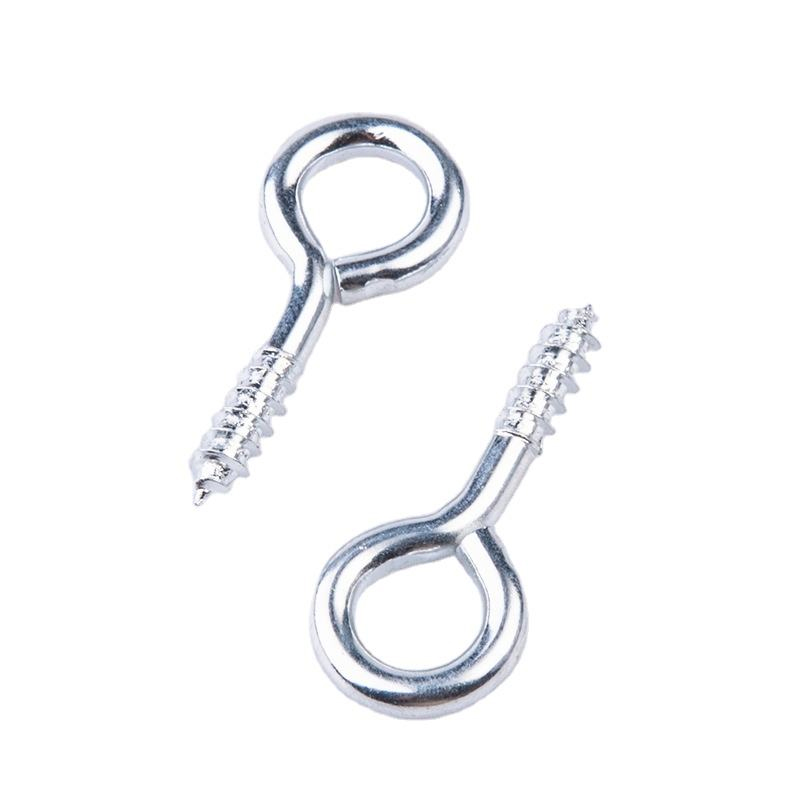
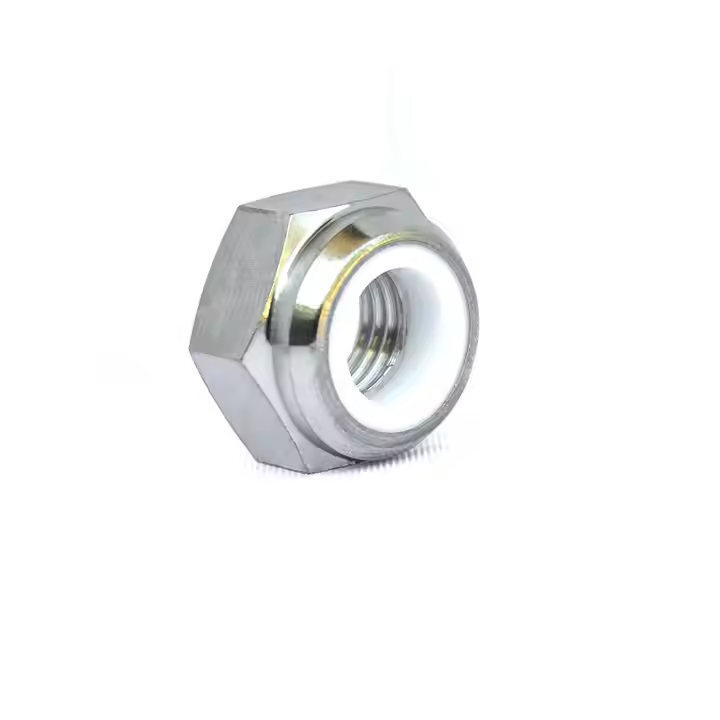


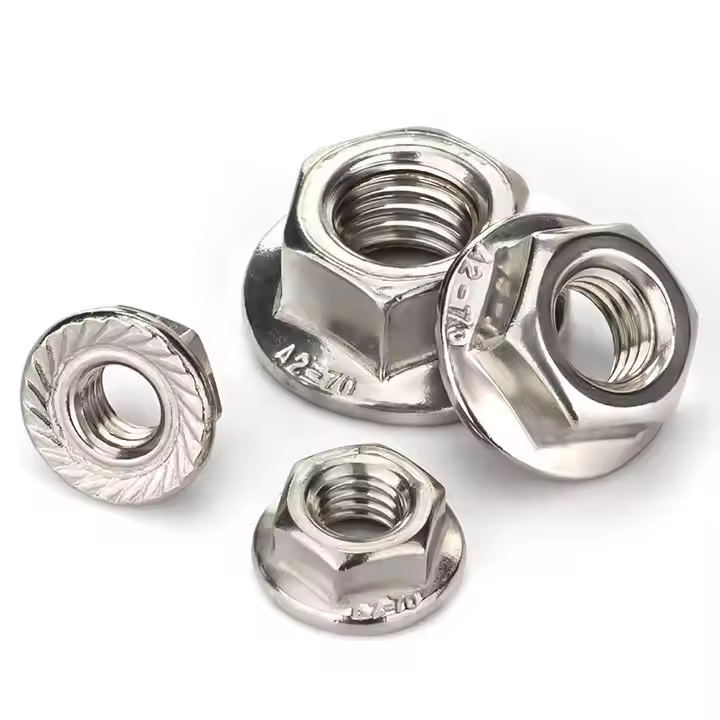


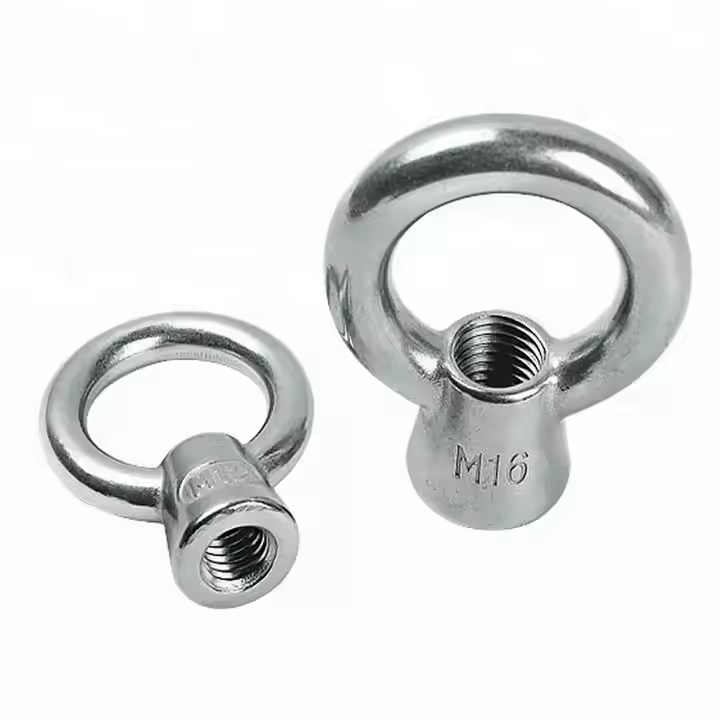

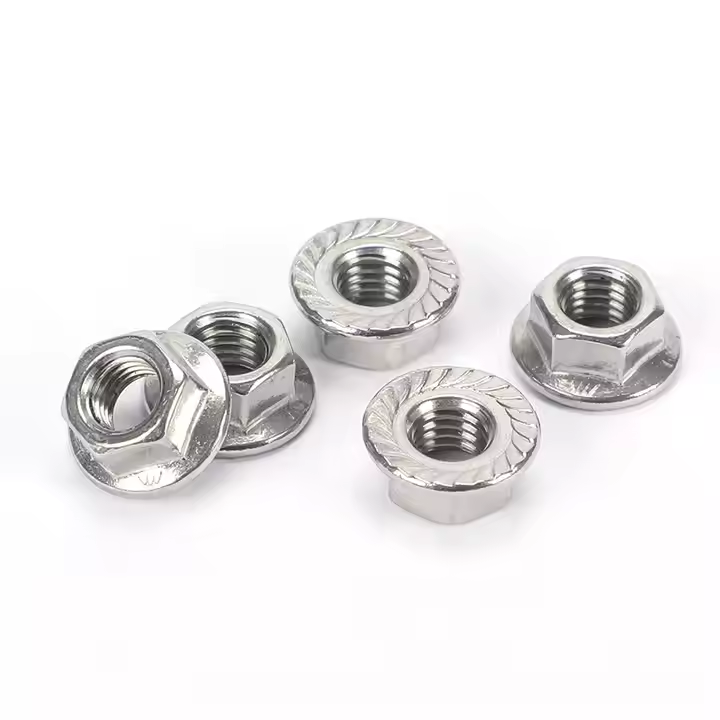

Please enter your email address and we will reply to your email.